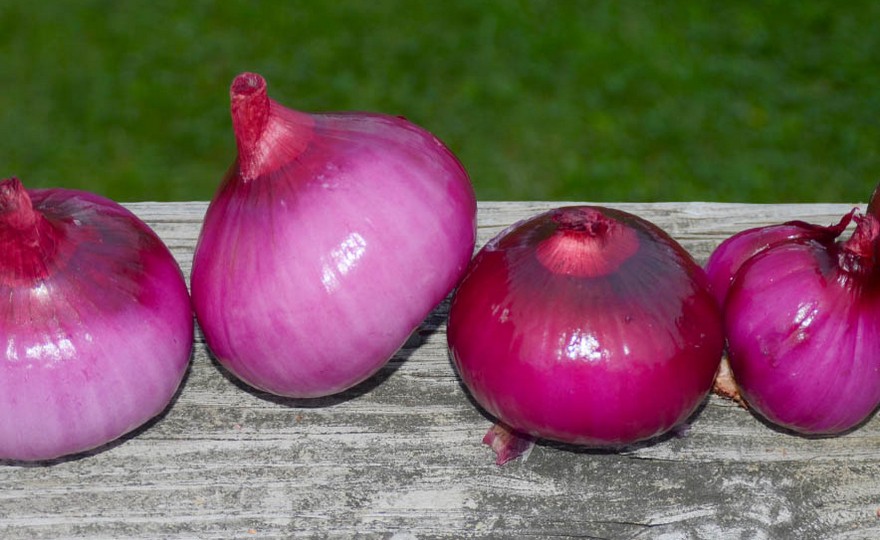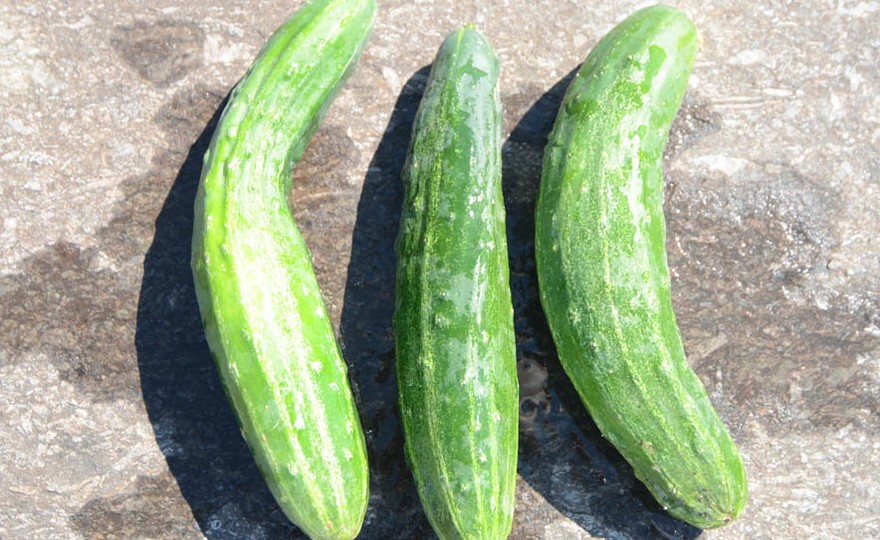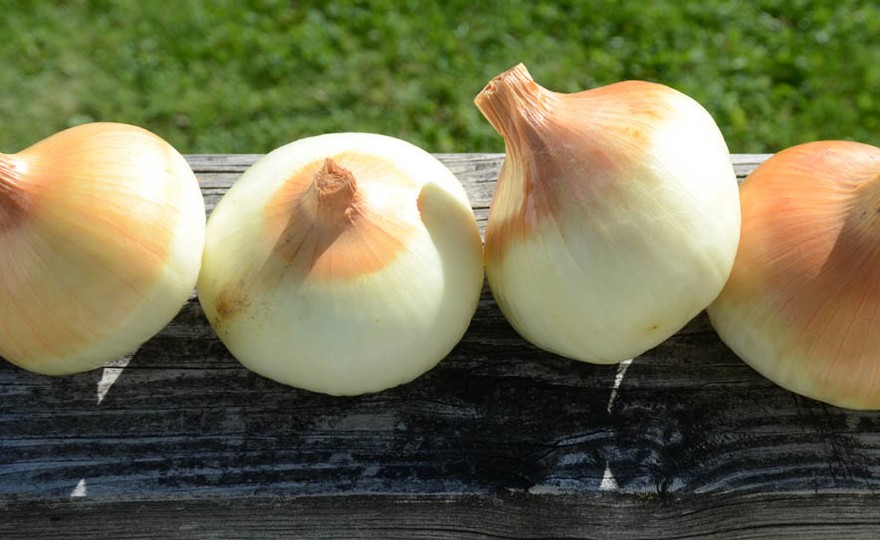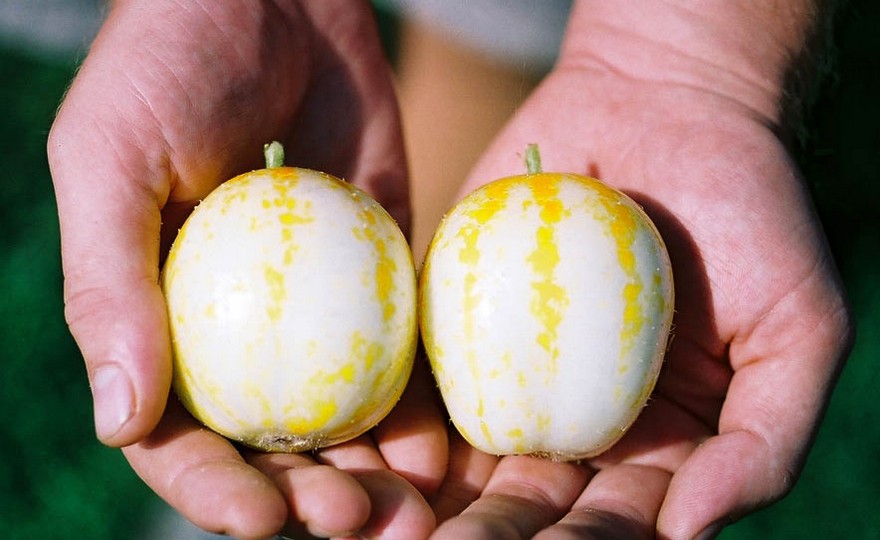
Herb, Chamomile (Roman or English)
-
- **SOLD OUT** HOLIDAY GIFTS **SOLD OUT**
- **SOLD OUT** Holiday Books **SOLD OUT**
- **SOLD OUT** Holiday Citrus **SOLD OUT**
- **SOLD OUT** Holiday Gift Certificates **SOLD OUT**
- **SOLD OUT** Holiday Paperwhites **SOLD OUT**
- **SOLD OUT** Holiday Praying Mantis Kits **SOLD OUT**
- **SOLD OUT** Holiday Tools **SOLD OUT**
- **SOLD OUT** Holiday Wildflower Mixtures **SOLD OUT**
- Citrus Trees
- **SOLD OUT** - Vegetable and Herb Plants - Mix & Match any 6 Plants for $50 - Only Shipped in Quantities of 6
- Elephant Ear Plants & Roots
- **SOLD OUT** 4-Inch Pot Herb Plants **SOLD OUT**
- Rare Plants
- **SOLD OUT** Vining Plants **SOLD OUT**
- Asian Seeds
- Beneficial Bugs
- Books
- Citrus Fertilizers
- Cold-Treated Bulbs - SEE BULBS FOR FALL PLANTING TO ORDER
- Cold-Treated Allium
- Cold-Treated Chionodoxa
- Cold-Treated Crocus
- Cold-Treated Hyacinthoides
- Cold-Treated Hyacinthus Orientalis
- Cold-Treated Narcissus
- Cold-Treated Cyclamineus Narcissus
- Cold-Treated Double Heirloom Narcissus
- Cold-Treated Jonquilla Narcissus
- Cold-Treated Large Cupped Narcissus
- Cold-Treated Poeticus Narcissus
- Cold-Treated Small Cupped Narcissus
- Cold-Treated Species Miniature Narcissus
- Cold-Treated Split Cupped Narcissus
- Cold-Treated Tazetta Narcissus
- Cold-Treated Triandus Narcissus
- Cold-Treated Trumpet Daffodils
- Cold-Treated Ornithogalum
- Cold-Treated Rock Garden Iris
- Cold-Treated Scilla
- Cold-Treated Tulips
- Cold-Treated Emperor Tulips
- Cold-Treated Fringed Tulips
- Cold-Treated Green or Viridiflora Tulips
- Cold-Treated Lily Flowering Tulips
- Cold-Treated Parrot Tulips
- Cold-Treated Peony Flowering Tulips
- Cold-Treated Single Early Tulips
- Cold-Treated Single Late Tulips
- Cold-Treated Species Tulips
- Cold-Treated Triumph Tulips
- Flower Bulbs, Corms and Tubers
- Bulbs for Spring Planting
- Bulbs for Fall Planting - ALL BULBS AVAILABLE ARE COLD TREATED FOR PLANTING AS SOON AS SOIL CAN BE WORKED
- Fall Blooming Bulbs
- Garden Tools & Equipment
- Gift Certificates
- HHH Exclusive Wildflower Mixtures
- Wildflower Mixtures
- Heirloom Garlic
- Potatoes
- Roots & Sets
- Seeds
- Flowers
- Herbs
- Vegetables
- **SOLD OUT** HOLIDAY GIFTS **SOLD OUT**
-
- No products to compare
-
Quick Overview
HERB, Chamomile (Roman or English) –
Chamaemelum nobile
FULL SUN Native to Europe, Africa and Asia, English Chamomile has been cultivated for centuries. The plant came to the US with the colonists in the late 1600s or early 1700s. The 9-12 in. plants bear daisy-like flowers which can be used to make a pleasant, soothing tea. Plant in late spring after the danger of frost has passed. Keep ground very moist. Rows should be 12 in. apart. When seedlings are 2 in. high, thin, leaving 6 in. between plants. If using chamomile for tea, harvest the flowers when the petals are just beginning to turn back on the disk.
| Type | Spacing | Planting Depth | Days to Germination | Maturity |
| Perennial | 6 in. | 1/4 in. | 14-21 | 90 |

Herb, Chamomile (Roman or English)
Chamomile is the name applied to two distinctly different plants. German Chamomile, sometimes called wild chamomile or mayweed is a tall, erect annual reaching a height of 2-3 ft. Roman or English chamomile is a low growing (9 in.) perennial with a much stronger fragrance than the German chamomile. Harvesting History sells Roman Chamomile. The name, chamomile, comes from the Greek meaning “ground apple”, and though the blossoms and the foliage have a lovely apple-like fragrance, the plant is in no way related to the apple.
Chamomile tea is the best known application of the herb, but historically it has been used in many different ways. The Spanish use it to flavor a very fine sherry. In medieval England it was used as a “strewing” herb to freshen the air in common rooms where crowds of people who bathed infrequently would congregate. Before refrigeration, meat was often immersed in chamomile tea as a way to eliminate the rancid odor of spoilage. Chamomile has also been known to be an excellent insect repellant.
Perhaps, the greatest benefit of chamomile is that it is considered the ideal companion plant. Ancient herbalists called it “the plant’s physician” because few plants could contribute more to the health of a garden than chamomile.







